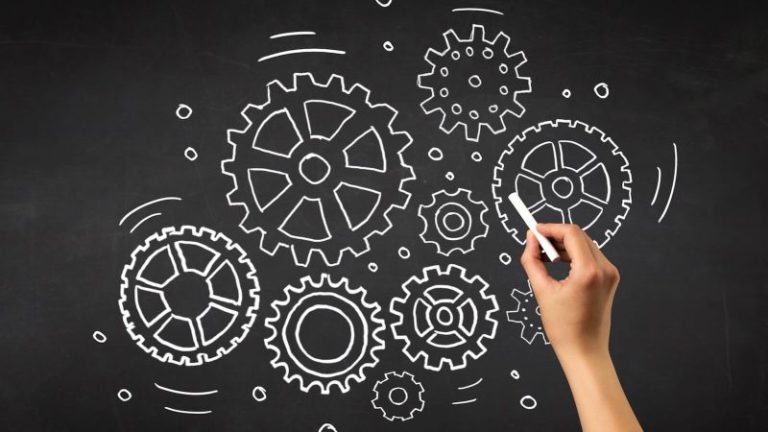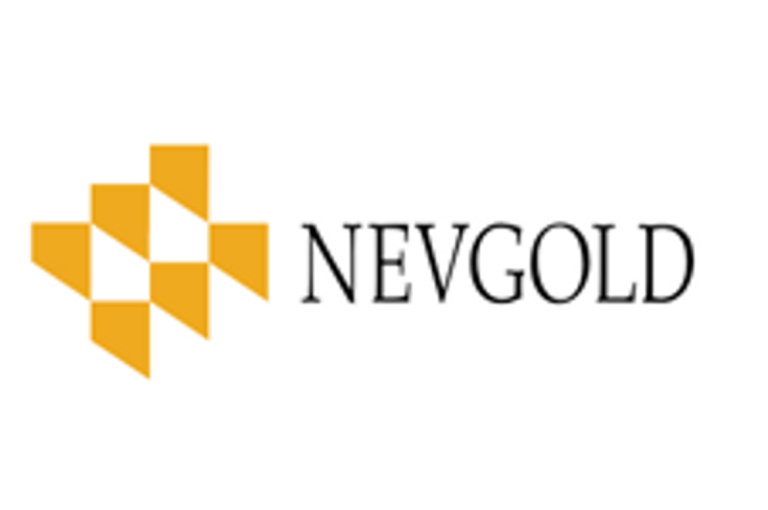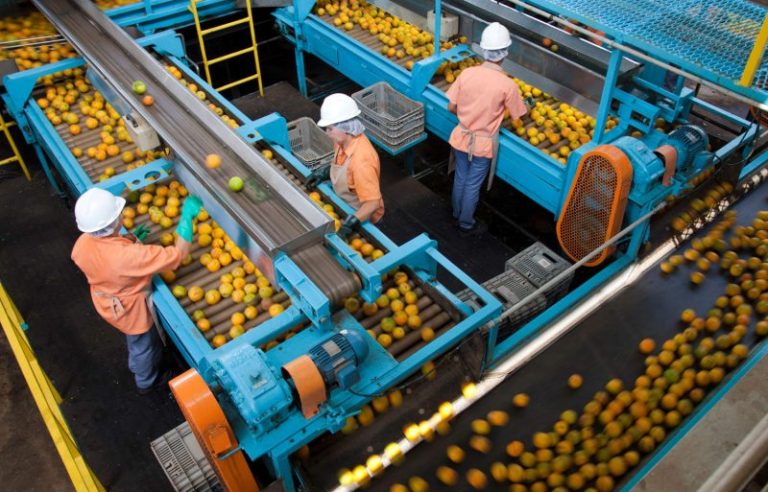Nevgold Corp. (‘ NevGold ‘ or the ‘ Company ‘) ( TSXV:NAU,OTC:NAUFF) (OTCQX:NAUFF) (Frankfurt:5E50 ) is pleased to announce extremely positive antimony (‘Antimony’, ‘Sb’) metallurgical testwork results at its oxide gold-antimony Limousine Butte Project (the ‘Project’, ‘Limo Butte’) in Nevada, one of the world’s prolific mining jurisdictions.
The positive antimony metallurgical recovery results, that have minimal to no impact on gold recoveries, are a key development in unlocking the substantial gold-antimony potential of the Project, highlighting its promising prospects for further exploration and development.
Key Highlights
- Extremely positive antimony metallurgical testwork results from drill core and surface oxide gold-antimony samples including (Table 2):
-
- Acid Leaching indicating antimony extraction recovery between 75% and 92%
- Sulfidized Flotation indicating antimony recovery between 61% and 78%
- Core samples were from both Resurrection Ridge and Cadillac Valley, the two most advanced gold-antimony target areas at the Project
- Acid Leaching and Sulfidized Flotation will be advanced into the next stage of metallurgical testing and trade-off engineering studies
- Two plus 20-kilogram composite samples of both drill core and surface samples were used for testwork outlining a representative sample of the oxide gold-antimony mineralization at the Project
- Antimony recovery has minimal to no impact on the gold recovery in a potential combined gold-antimony mine scenario
- Drill rig will be mobilized in the coming weeks for the next phase of drilling focused on advancing Limo Butte to a gold-antimony Mineral Resource Estimate (‘MRE’) by Q4-2025
NevGold CEO, Brandon Bonifacio, comments: ‘The results from the first phase of antimony metallurgical test work at Limo Butte have exceeded our expectations with up to 92% antimony recovery . Tests from large bulk samples of both core drilling and surface samples demonstrate that positive antimony recoveries can be attained through different metallurgical process flowsheets, and that the oxide gold is also recoverable. The information generated from this program has helped us better understand the metallurgical aspects of the antimony mineralization at the Project, and it will guide the design of future metallurgical testwork programs. It has been an extremely positive, critical development to define numerous options to positively recover both the gold and antimony from the near-surface oxide mineralization . We continue to execute in de-risking and advancing the oxide gold-antimony potential, and this is another key milestone achieved in unlocking the substantial value of the Limo Butte Project.’
Limo Butte Planned 2025 Activities / Status Update
NevGold will continue its active exploration program at Limo Butte including:
- Evaluate the historical geological database with focus on gold and antimony (completed) ;
- Evaluate and re-analyze historical drilling with focus on gold and antimony (in progress, continues) ;
- Metallurgical testwork ( 1 st Phase Completed ) ;
- 2025 drilling of gold-antimony targets (drill rig will mobilize over the coming weeks) .
Figure 1 – Limousine Butte Gold-Antimony Project with location of core and surface samples used in the antimony metallurgical testwork program. To view image please click here
Figure 2 – Surface metallurgical grab sample from Resurrection Ridge: silicified and oxidized carbonate breccia with visible stibiconite (antimony) as elongated white crystals up to 6 cm long. To view image please click here
Summary of Antimony Metallurgical Testwork Program
The gold-antimony zones at Limousine Butte are typically associated with silicification and the formation of jasperoid breccias within the Pilot Shale unit, which is the primary host rock for Carlin-type gold-antimony mineralization in the area.
Two plus 20-kilogram composite samples were sent to the Kappes, Cassiday & Associates laboratory (KCA) in Reno, Nevada, for initial antimony recovery metallurgical test work. The core sample was composed of material from the Resurrection Ridge and Cadilac Valley target areas (Figure 1) ranging from 64 meters to 377 meters deep. The surface outcrop sample was taken from several outcrops in the historically mined Golden Butte pit, and the nearby Nevada Antimony Mine prospect (Figure 1). Both the surface and core samples contained antimony oxide with minor antimony sulfide minerals. Head assays for the composites are summarized in Table 1.
| KCA Sample # |
Description |
Au g/t |
Ag g/t |
Sb % |
| 101178 B |
Limo Core |
0.892 |
2.64 |
> 1% |
| 101179 B |
Limo Surface |
0.27 |
1.13 |
> 4% |
Table 1 – Summary of test material characteristics from Limo Butte.
Initial metallurgical testwork on the antimony consisted of various proposed metallurgical processes including gravity, flotation, and leaching methods. The Leach testing consisted of both basic and acid leaches, with the best results produced from acid leaching indicating an overall antimony extraction recovery of between 75% and 92%. The Flotation testing consisted of oxide flotation, sulfide flotation and sulfidized flotation, with the best results produced from the sulfidized flotation indicating an overall antimony recovery of between 61% and 78%. The Gravity testing results indicate an overall antimony recovery of between 25% and 32%. See below in Table 2.
Metallurgical Testwork Results – Summary
| KCA Sample # |
Description |
Test Type |
Addition |
Calc. Head,
% Sb |
Sb Extracted
% |
| Leach |
| 101178 B |
Limo Core |
Alkali |
NaOH |
3.56 |
38 |
| 101178 B |
Limo Core |
Acid |
H2SO4/HCL |
4.67 |
92 |
| 101179 B |
Limo Surface |
Alkali |
NaOH |
7.17 |
8 |
| 101179 B |
Limo Surface |
Acid |
H2SO4/HCL |
8.41 |
75 |
| Flotation |
| 101178 B |
Limo Core |
Oxide RO |
CuSO4*5H2O |
3.76 |
33 |
| 101178 B |
Limo Core |
Sulfide RO |
Pb(NO3)2 |
3.77 |
35 |
| 101178 B |
Limo Core |
Sulfur Roast + Sulfide RO |
Pb(NO3)2 |
4.06 |
61 |
| 101179 B |
Limo Surface |
Oxide RO |
CuSO4*5H2O |
7.71 |
12 |
| 101179 B |
Limo Surface |
Sulfide RO |
Pb(NO3)2 |
7.87 |
3 |
| 101179 B |
Limo Surface |
Sulfur Roast + Sulfide RO |
Pb(NO3)2 |
8.57 |
78 |
| Gravity |
| 101178 B |
Limo Core |
Gravity |
|
3.01 |
25 |
| 101179 B |
Limo Surface |
Gravity |
|
8.15 |
32 |
Table 2 – Summary of antimony metallurgical testwork results from Limo Butte.
Figure 3 – Limousine Butte Project with historical antimony in rock chips and soils. The total strike length between Resurrection Ridge and Cadillac Valley is +5km. To view image please click here
US Executive Order – Announced March 20, 2025
The Company is pleased to report the recent, sweeping Executive Order to strengthen American mineral production and reduce U.S. reliance on foreign nations for its mineral supply . Antimony (Sb) has been identified as an important ‘Critical Mineral’ in the United States essential for national security, clean energy, and technology applications, yet no domestically mined supply currently exists.
The Executive Order invokes the use of the Defense Production Act as part of a broad United States (‘US’) Government effort to expand domestic minerals production on national security grounds. As it relates to project permitting, the Order states that it will ‘identify priority projects that can be immediately approved or for which permits can be immediately issued, and take all necessary or appropriate actions…to expedite and issue the relevant permits or approvals.’ Furthermore, the Order includes provisions to accelerate access to private and public capital for domestic projects, including the creation of a ‘dedicated mineral and mineral production fund for domestic investments’ under the Development Finance Corporation (‘DFC’).
This decisive action by the US Government highlights the urgent need to expand domestic minerals output to support supply chain security in the United States. This important Order will help revitalize domestic mineral production by improving the permitting process and providing financial support to qualifying domestic projects.
Importance of Antimony
Antimony is considered a ‘Critical Mineral’ by the United States based on the U.S. Geological Survey’s 2022 list (U.S.G.S. (2022)). ‘Critical Minerals’ are metals and non-metals essential to the economy and national security. Antimony is utilized in all manners of military applications, including the manufacturing of armor piercing bullets, night vision goggles, infrared sensors, precision optics, laser sighting, explosive formulations, hardened lead for bullets and shrapnel, ammunition primers, tracer ammunition, nuclear weapons and production, tritium production, flares, military clothing, and communication equipment. Other uses include technology (semi-conductors, circuit boards, electric switches, fluorescent lighting, high quality clear glass and lithium-ion batteries) and clean-energy storage.
Globally, approximately 90% of the world’s current antimony supply is produced by China, Russia, and Tajikistan. Beginning on September 15, 2024, China, which is responsible for nearly half of all global mined antimony output and dominates global refinement and processing, announced that it will restrict antimony exports. In December-2024, China explicitly restricted antimony exports to the United States citing its dual military and civilian uses, which further exacerbated global supply chain concerns. (Lv, A. and Munroe, T. (2024)) The U.S. Department of Defense (‘DOD’) has designated antimony as a ‘Critical Mineral’ due to its importance in national security, and governments are now prioritizing domestic production to mitigate supply chain disruptions. Projects exploring antimony sources in North America play a key role in addressing these challenges.
Perpetua Resources Corp. (‘Perpetua’, NASDAQ:PPTA, TSX:PPTA) has the most advanced domestic gold-antimony project in the United States. Perpetua’s project, known as Stibnite, is located in Idaho approximately 130 km northeast of NevGold’s Nutmeg Mountain and Zeus projects. Positive advancements at Stibnite including the technical development and permitting has led to US$75 million in Department of Defense (‘DOD’) awards, and over $1.8 billion in indicative financing from the Export Import Bank of the United States (‘US EXIM’) ( see Perpetua Resources News Release from April 8, 2024 ) (Perpetua Resources. (2025))
Figure 4 – Limousine Butte Land Holdings and District Exploration Activity To view image please click here
ON BEHALF OF THE BOARD
‘Signed’
Brandon Bonifacio, President & CEO
For further information, please contact Brandon Bonifacio at bbonifacio@nev-gold.com, call 604-337-4997, or visit our website at www.nev-gold.com .
Sampling Methodology, Chain of Custody, Quality Control and Quality Assurance:
NevGold QA/QC protocols are followed on the Project and include insertion of duplicate, blank and standard samples in all drill holes. A 30g gold fire assay and multi-elemental analysis ICP-OES method was completed by ISO 17025 certified American Assay Labs, Reno.
The metallurgical work was carried out by Kappes, Cassiday and Associates based in Reno, Nevada. Head assays were ground to 80% passing 0.075mm and analyzed by standard 30g gold fire assay and multi-elemental analysis ICP-OES methods. Gravity test samples were milled to 80% passing 0.212mm and concentrated by Knelson concentrator and hand-panned to final concentrate and tailings. Flotation test samples were milled to 80% passing 0.045mm and used for the flotation tests using various activators. Leach test samples were milled to 80% passing 0.045mm. The alkaline and acid leach tests were leached at 80 o C for 8 hours.
The Company’s Qualified Person (‘QP’), Greg French, Vice President, Exploration has completed a review of the historical data in this press release. The historic data collection chain of custody procedures and analytical results by previous operators appear adequate and were completed to industry standard practices. For the Newmont and US Gold data a 30g gold fire assay and multi-elemental analysis ICP-OES method MS-41 was completed by ISO 17025 certified ALS Chemex, Reno or Elko Nevada.
Technical information contained in this news release has been reviewed and approved by Greg French, CPG, the Company’s Vice President, Exploration, who is NevGold’s Qualified Person under National Instrument 43-101 and responsible for technical matters of this release.
About the Company
NevGold is an exploration and development company targeting large-scale mineral systems in the proven districts of Nevada and Idaho. NevGold owns a 100% interest in the Limousine Butte and Cedar Wash gold projects in Nevada, and the Nutmeg Mountain gold project and Zeus copper project in Idaho.
Neither the TSX Venture Exchange nor its Regulation Services Provider (as that term is defined in the policies of the TSX Venture Exchange) accepts responsibility for the adequacy or accuracy of this release.
Cautionary Note Regarding Forward Looking Statements
This news release contains forward-looking statements that are based on the Company’s current expectations and estimates. Forward-looking statements are frequently characterized by words such as ‘plan’, ‘expect’, ‘project’, ‘intend’, ‘believe’, ‘anticipate’, ‘estimate’, ‘suggest’, ‘indicate’ and other similar words or statements that certain events or conditions ‘may’ or ‘will’ occur. Forward-looking statements include, but are not limited to, the proposed work programs at Limousine Butte, and the exploration potential at Limousine Butte. Such forward-looking statements involve known and unknown risks, uncertainties and other factors that could cause actual events or results to differ materially from estimated or anticipated events or results implied or expressed in such forward-looking statements. Such risks include, but are not limited to, general economic, market and business conditions, and the ability to obtain all necessary regulatory approvals. There is some risk that the forward-looking statements will not prove to be accurate, that the management’s assumptions may not be correct or that actual results may differ materially from such forward-looking statements. Accordingly, readers should not place undue reliance on the forward-looking statements. Any forward-looking statement speaks only as of the date on which it is made and, except as may be required by applicable securities laws, the Company disclaims any intent or obligation to update any forward-looking statement, whether as a result of new information, future events or results or otherwise. Forward-looking statements are not guarantees of future performance and accordingly undue reliance should not be put on such statements due to the inherent uncertainty therein.
References
Blackmon, D. (2021) Antimony: The Most Important Mineral You Never Heard Of. Article Prepared by Forbes.
Kurtenbach, E. (2024) China Bans Exports to US of Gallium, Germanium, Antimony in response to Chip Sanctions . Article Prepared by AP News.
Lv, A. and Munroe, T. (2024) China Bans Export of Critical Minerals to US as Trade Tensions Escalate . Article Prepared by Reuters.
Lv, A. and Jackson, L. (2025) China’s Curbs on Exports of Strategic Minerals . Article Prepared by Reuters.
Perpetua Resources. (2025) Antimony Summary . Articles and Videos Prepared by Perpetua Resources.
Sangine, E. (2022) U.S. Geological Survey, Mineral Commodity Summaries, January 2023 . Antimony Summary Report prepared by U.S.G.S
U.S.G.S. (2022) U.S. Geological Survey Releases 2022 List of Critical Minerals . Reported Prepared by U.S.G.S




